Editor’s note: This article was originally published in June 2014. Updated April 2022.
Spruce trees (Genus: Picea) are a very abundant tree across the globe, especially in northern areas. In the United States, a common non-native species is the Norway Spruce (Picea Abies), and two of our native American species are White Spruce (Picea glauca) and Colorado Spruce (Picea pungens).
Spruce trees are needled evergreen trees that range in mature height from only a few feet to over 100′. Usually associated with wintry scenes, many people aren’t aware of the edibility of spruce trees. However, they were once a vital wild edible — particularly to Native Americans and early European colonizers.
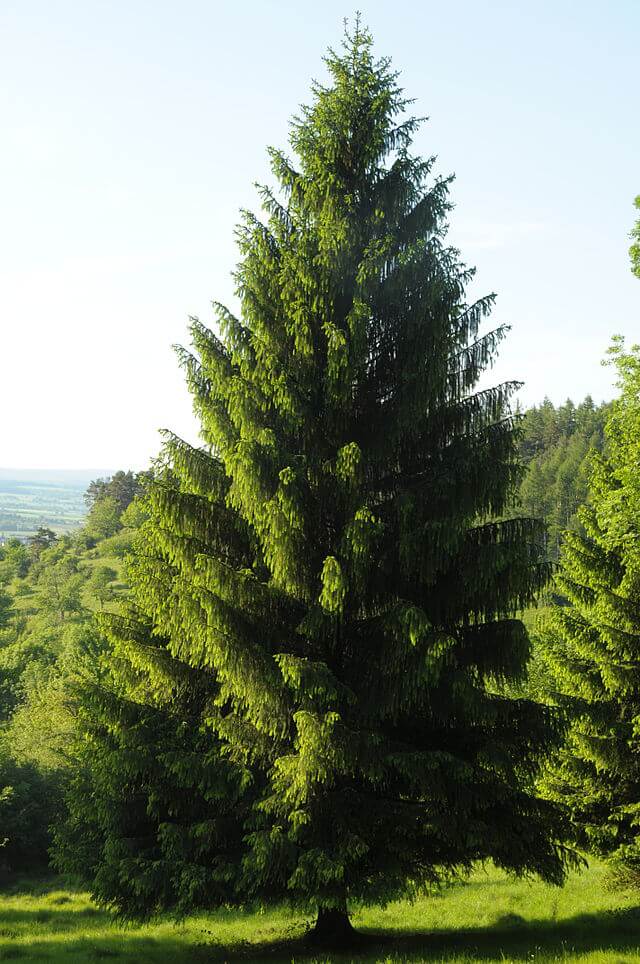
Edibility and culinary use
Spruce has many similarities to the Eastern White Pine — another member of the conifer family that you can eat. I often refer to spruce and Eastern white pine as hidden wild edibles. They are both large in size and common in Northern landscapes. But their edible components are not well known. Spruce trees don’t produce berries, tubers, or typical ‘potherb’ leaves, which we typically associate with wild edibles. So why is it such an important edible plant?
The reason spruce trees are so vital is that they can provide foragers with a nutritious wild edible that is available in the depths of winter. If food stores are low — or critically, missing fruits or vegetables — spruce needles can provide a valuable source of nutrition.
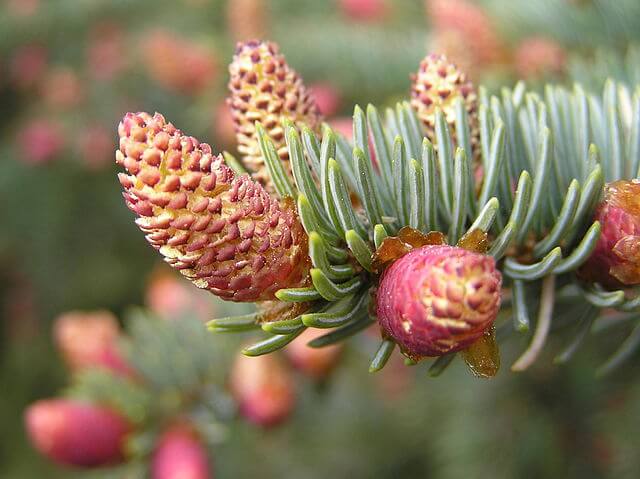
Spruce tree needles
The needles are entirely edible, but today they are most commonly used to make a hot wild edible tea. Spruce tea has a surprisingly good flavor. With a bitter, resinous, and slightly sweet taste (although most people end up adding additional sweetener). To retain the nutritional value of the needles it’s best to steep the tea, instead of boiling it.
Spruce tree bark
Spruce also has edible inner bark. A number of Native American tribes knew to rely on this inner bark throughout the winter as an emergency source of nutrition. In fact, all parts of the tree are non-toxic. Native Americans were creative in their use of spruce, eating any parts of the tree that they could prepare to be palatable.
Spruce tree cones
The young green or reddish pine cones are also edible. After trying young cones, I initially found the taste to be overwhelmingly strong and bitter. But, over time, my taste buds have changed, and now I look forward to enjoying them each season. I also enjoy chewing on the new growth in the spring, it is not too resinous, and it is soft enough to chew.
The male pollen cones can be eaten in the spring too. They have a mild taste and texture that ranges from dense and moist to light and fluffy, depending on what stage of development they are harvested in.
Health benefits of Spruce trees
Both spruce and pine have very high amounts of vitamin C. Spruce can be an effective medicinal plant acting especially well on the respiratory system. The reason you don’t boil spruce needle tea is because the vitamin C is easily degraded during cooking. It is a good idea to boil the water and then pour it on top of the needles instead.

Native Americans used spruce tea as a medicinal cure for a number of respiratory and rheumatic illnesses. From coughs and colds to joint pain. Like many herbal remedies though, scientific studies are limited, so it’s recommended that pregnant or breastfeeding mothers avoid using spruce tea.
Spruce trees in Native American and colonial history
I often wondered which food source Native Americans historically turned to get vitamin C in their diet. Especially in the winter months when fruits like fresh wild cherries or wild grapes weren’t available. Spruce needles were a critical source of this vital nutrient. Spruce trees also helped malnourished early European sailors and settlers. Captain James Cook and his crew famously brewed sugar spruce beer to keep scurvy at bay on long voyages.
In a survival situation in the wild, spruce trees can be a vital source of vitamin C, but also water too. The succulent needles store water and although small, they could provide hydration.
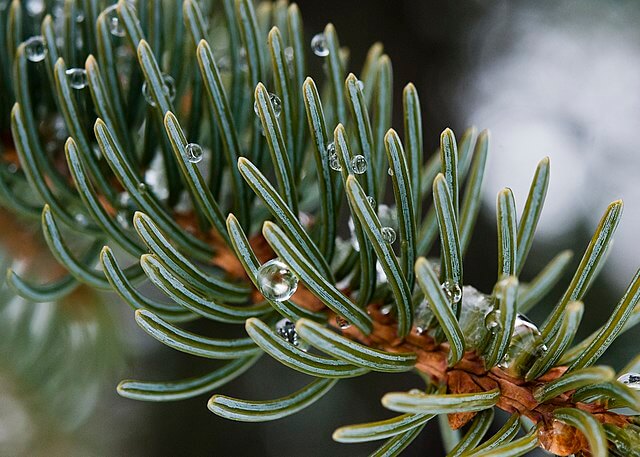
Key ID Features of Spruce trees
The word “pine” is often used to cover any needled evergreen trees or conifer trees. The fact is that pines and spruce are both separate genera. there are a number of other genera of needled evergreens. Spruce and fir trees are very similar in appearance, but luckily neither is toxic. First of all, all Spruce are conifers, meaning that they produce cones, but not all conifers are Spruce. Pine, fir and others are also conifers. Spruce cones are very visible throughout the growing season but primarily in the fall and range in size from about 3″-6″ in length. Young Spruce cones can be green or reddish.
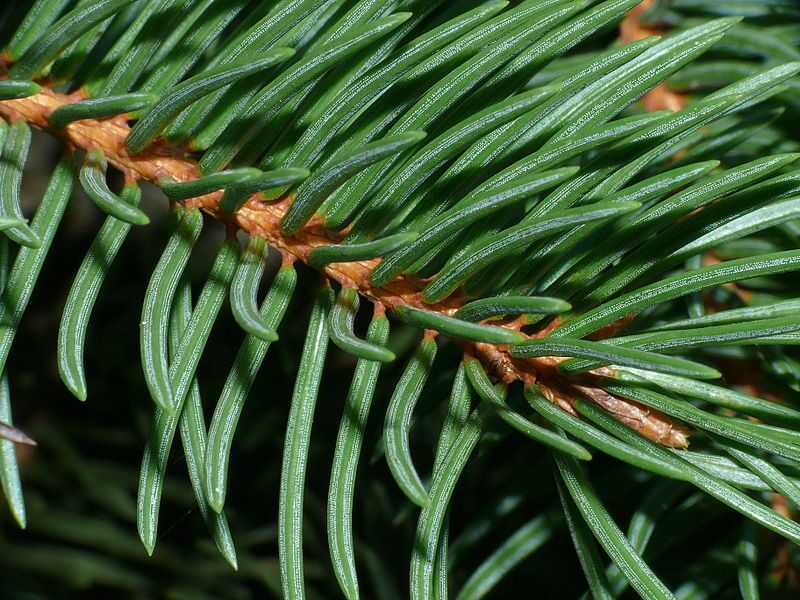
How to distinguish spruce from pine
The primary way to tell Spruce trees apart from Pines is that they lack fascicles bunching the spruce needles together, spruce needles grow directly from the small branches. The photo above shows a close-up of spruce needles which shows them growing directly from the branch. Firs and Douglas firs (not a true fir) also have the same conical shape and look very similar.
Use the following features to distinguish spruce needles from other conifers:
- The needles are not flat, they are 3-dimensional and usually pretty stiff.
- The needles have a point at the end which is painfully sharp on some species like Colorado Spruce (Picea pungens).
- Spruce needles grow directly from the small new stems, they are not grouped together like pines and true cedars are.
- The base of each spruce needle has a very small brown connection to the stem.
- Needle colors range from bluish to dark green.
Cautions and lookalikes
The highly toxic Yew (Genus: Taxus) plant is a potential lookalike to spruce to the untrained eye. They often grow side by side in many environments, but by following standard foraging identification guidelines any beginner forager could tell them apart.
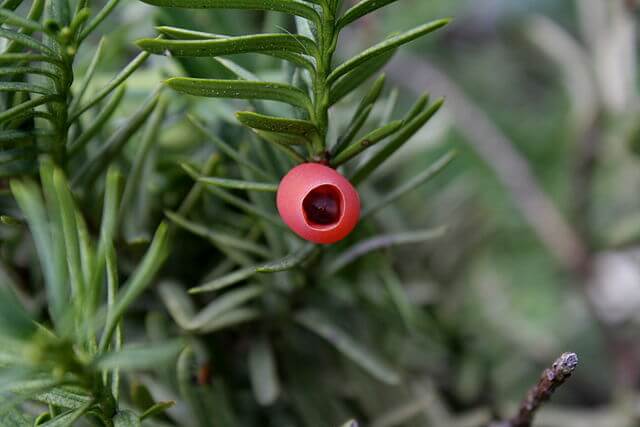
Some of the key features of the yew plant that can distinguish it from spruce include:
- Needles are flat and bendable with a dark top and a lighter-colored bottom side.
- No cones are present (yews produce red fruit with a single seed).
- Needles grow primarily laterally from the stem (concentrated on the sides of the stem, not top or bottom).
- The mature height of a yew tree is around 20 feet, but usually, they are less than 10.
- The overall shape of the tree/shrub may or may not be conical naturally and is sometimes pruned into a conical shape.
The yew is a common landscape shrub, so ask around and see if you can find one then learn its features. Make sure you are 100% positive that you are not foraging from a yew thinking it is spruce. Always remember to follow standard safe foraging guidelines.
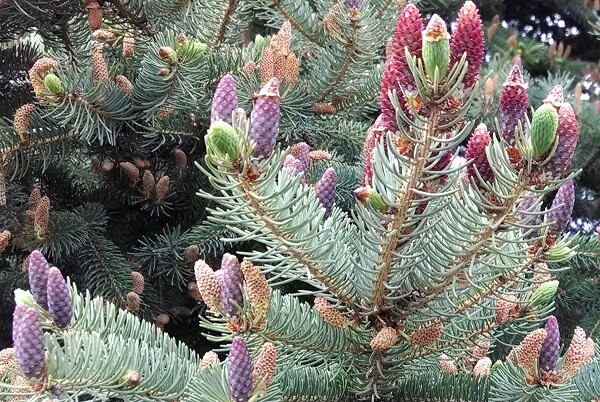
Conclusion
Learning to identify spruce trees helped to cement my passion for uncovering valued wild edibles that are often lost to history. When I found out about its edible and medicinal properties I started viewing the plant as a much more versatile wild edible. As is often the case, the more you learn about the plant life that surrounds you, the more you appreciate nature and the bounty it can provide.
Whether you create a spruce needle tea, or nibble on soft edible shoots, or cones, Spruce is a delicious wild edible that can be harvested any time of year. As your taste buds slowly adjust you’ll enjoy this plant raw or cooked and realize how important and valuable it is.
Many of our readers find that subscribing to Eat The Planet is the best way to make sure they don't miss any of our valuable information about wild edibles.
See our privacy policy for more information about ads on this site

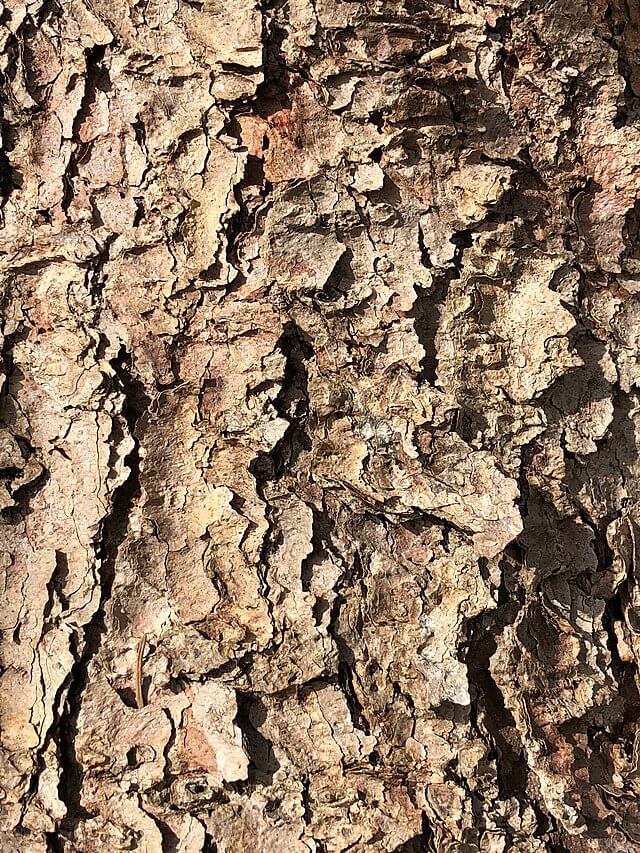
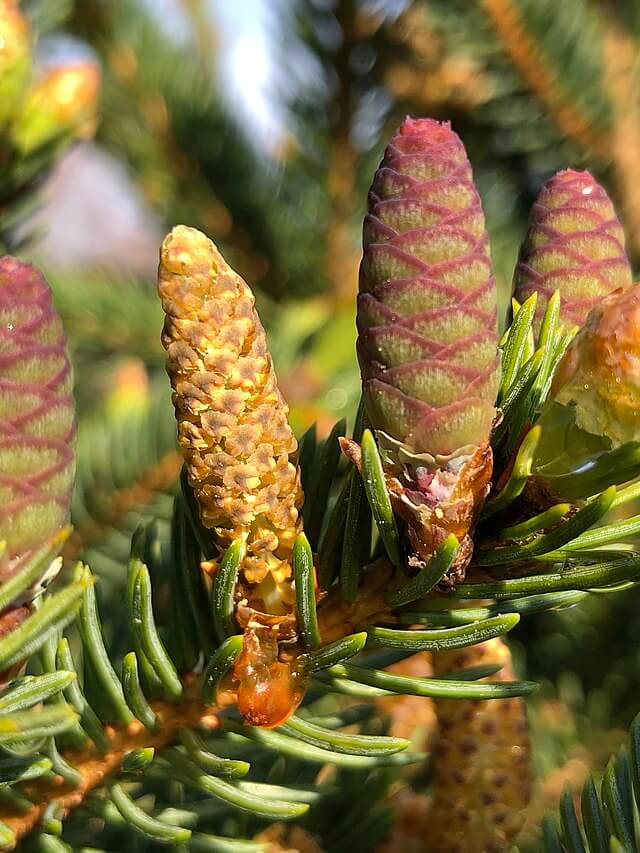
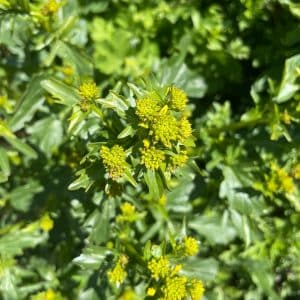
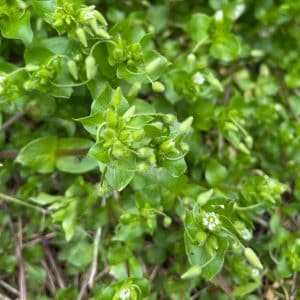
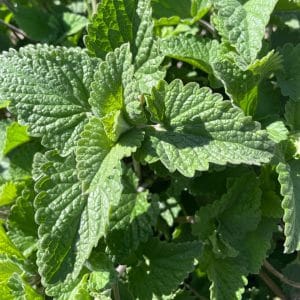


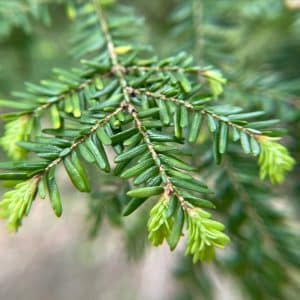
16 Responses
Thank you for sharing the edible plants nature offers.
We have a 20year old Blue Spruce that will make my spring salads more tasty and beautiful. Your writing was very helpful in answering all my questions. Thanks and Happy foraging!
vitamin C boils at 374 degrees water boils at 212
Thanks for that info.
I am going to try some mugwort. I let it grow tall in the yard. My cats enjoy hiding out in them. Thought this plant was referred to oregano years ago.
Mugwort really has an interesting flavor. Its very herby in my opinion.
I am curious as to why it is not mentioned if the seeds are edible or not. Pine seeds are edible. In fact the italian stone pine is in my opinion one of the plants with the best tasting seeds.
That’s a good point. The reason I didn’t mention the edible spruce seeds is because they are so small and insignificant. As far I know all spruce seeds are edible but non are substantial enough to be worth harvesting, but maybe could be used as a small amount of calories if you have nothing else.
Hey great article. Wondering if the pollen of a Norwegian Spruce is as easily collectible, edible and as nutritionally beneficial as a Pine thank you?
The male spruce catkins are edible so the pollen must also be. Maybe its not as abundant as pine.
I have been told domestic spruce is poisonous. Is this true?
I don’t know of any toxic spruce species. just make sure they aren’t talking about other edible evergeens like yew(taxus)
I think that picture of a colorado spruce (blue spruce) is actually some kind of fir tree (balsam?).
I have been painting spruce trees for a number of years, this article connected two of my passions in life: art and wild edibles. Thank you for the information and helpful pictures.
I met a man who studied dendrology and learned to distinguish Engleman spruce from other spruce by taste in his class!
There’s a blue spruce near my house, and u was going to make tea, but was worried it was poisonous, so this article clear it up. Thanks!